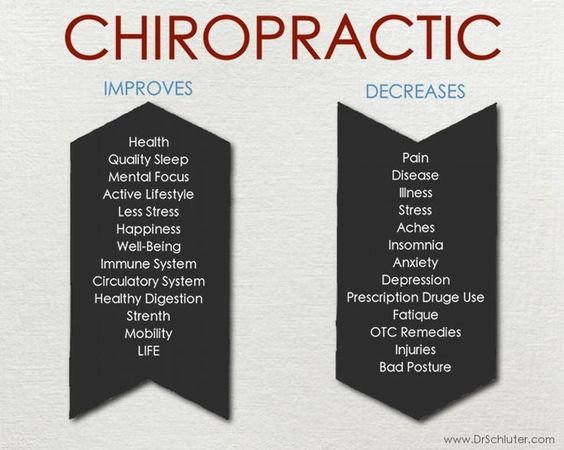The Relationship Between Pose And Pain In The Back: Techniques For Preserving Proper Alignment Throughout The Day
The Relationship Between Pose And Pain In The Back: Techniques For Preserving Proper Alignment Throughout The Day
Blog Article
Written By-Salisbury Mcgowan
Maintaining proper pose isn't almost staying up straight; it's about straightening your body in such a way that supports your back and decreases the danger of pain in the back. The means you rest, stand, and move throughout the day can substantially affect your spine wellness. But just how precisely can you guarantee great placement regularly, even throughout hectic days full of various tasks? Allow's dig deeper into the refined yet impactful changes you can make to your daily regimen to keep your back satisfied and healthy and balanced.
Value of Proper Pose
Appropriate posture is crucial in keeping a healthy and balanced back and protecting against discomfort. When you sit or stand with great stance, your spine is in positioning, minimizing stress on your muscles, ligaments, and joints. This placement allows the body to distribute weight uniformly, avoiding too much stress on specific areas that can result in pain and pain. By keeping https://chiropractic-care-chiropr16059.topbloghub.com/36979183/maximize-the-effectiveness-of-chiropractic-like-advance-your-sports-performance-and-check-out-the-vital-facets-that-make-this-partnership-groundbreaking lined up, you can additionally boost your breathing and digestion, as slouching can compress body organs and restrict their capability.
Furthermore, keeping good posture can improve your general appearance and self-esteem. When you stand tall with your shoulders back and head held high, you exhibit confidence and appear more approachable. Good posture can additionally make you really feel much more energized and alert, as it advertises proper blood flow and enables your muscle mass to function effectively.
Integrating proper position into your day-to-day regimen, whether sitting at a workdesk, walking, or working out, is necessary for protecting against pain in the back and advertising general health. Remember, Read Full Report in exactly how you hold on your own can make a considerable difference in just how you really feel and function throughout the day.
Common Postural Mistakes
When it involves keeping excellent pose, several individuals unconsciously make common mistakes that can contribute to neck and back pain and pain. Among one of the most prevalent mistakes is slouching or stooping over while resting or standing. This placement puts extreme pressure on the spine and can cause muscle discrepancies and discomfort in the long run.
One more usual blunder is overarching the lower back, which can flatten the all-natural contour of the spinal column and cause discomfort. Additionally, crossing legs while sitting might feel comfortable, however it can create a discrepancy in the hips and pelvis, bring about postural issues.
Making use of a pillow that's also soft or as well firm while resting can also affect your positioning and add to pain in the back. Lastly, constantly craning your neck to consider screens or adjusting your placement often can stress the neck and shoulders. Bearing in mind these common postural errors can aid you maintain much better alignment and decrease the danger of pain in the back.
Tips for Correcting Alignment
To boost your positioning and lower neck and back pain, it's important to focus on making small modifications throughout your daily regimen. Beginning by bearing in mind your position. When sitting, ensure stiff back pain are flat on the flooring, your back is straight, and your shoulders are unwinded. Avoid slouching or leaning to one side. Usage ergonomic chairs or paddings to support your lower back.
When standing, disperse your weight equally on both feet, maintain your knees somewhat curved, and embed your hips. Involve your core muscles to support your spinal column. Take breaks to extend and walk around if you have an inactive job. Incorporate exercises that strengthen your core and back muscular tissues, such as slabs or bridges.
While sleeping, use a cushion that supports the all-natural curve of your neck to preserve proper spinal alignment. Prevent sleeping on your belly, as it can strain your neck and back. By being mindful of these ideas and making small modifications, you can slowly correct your alignment and minimize pain in the back.
Final thought
Keep in mind, keeping excellent posture is key to stop pain in the back and promoting spine wellness. By bearing in mind your positioning, dispersing weight equally, and engaging your core muscles, you can decrease stress on your back and reduce the risk of pain and injury. Incorporate ergonomic support, take routine breaks to extend, and enhance your core and back muscular tissues to keep proper alignment throughout the day. Your back will thanks for it!
